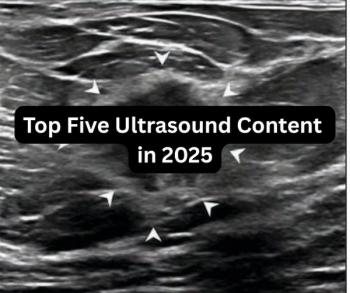
First Hyperpolarized MRI Contrast Agent Gets FDA Approval
An inhaled contrast agent used with magnetic resonance imaging (MRI), Xenoview™ (xenon Xe 129 hyperpolarized) reportedly provides regional mapping of lung ventilation without patient exposure to ionizing radiation.
The Food and Drug Administration (FDA) has approved Xenoview™, the first hyperpolarized magnetic resonance imaging (MRI) contrast agent, which radiologists may employ to assess lung ventilation in adults and pediatric patients 12 years of age and older.
With dosing performed via one 10- to 15-second breath hold MRI procedure, Xenoview (xenon Xe 129 hyperpolarized) offers enhanced visualization of lung ventilation to aid clinicians in the management of lung disease without the need for ionizing radiation, according to Polarean Imaging, the manufacturer of Xenoview.
“With the availability of Xenoview in the clinical setting, we will have the ability to evaluate regional lung ventilation, delivered with a benign safety profile, which has been a major unmet need for the patients that look to us to better understand their lung disease,” noted Jason Woods, Ph.D, the director of research in Pulmonary Medicine at the Cincinnati Children’s Hospital Medical Center.
Polarean Imaging said the
The FDA also granted 510(k) clearance to Xenoview VDP and the Xenoview 3.0T Chest Coil, according to Polarean Imaging. The Xenoview VDP software reportedly quantifies xenon intensity with a combined assessment of pulmonary hyperpolarized 129-Xe MRI and proton chest MRI. Polarean Imaging noted the Xenoview 3.0T Chest Coil, a single channel radiofrequency coil tuned to 129 Xe frequency, can be utilized with compatible 3.0T MRI scanners and the inhaled Xenoview contrast agent for lung ventilation assessment.
Newsletter
Stay at the forefront of radiology with the Diagnostic Imaging newsletter, delivering the latest news, clinical insights, and imaging advancements for today’s radiologists.




























